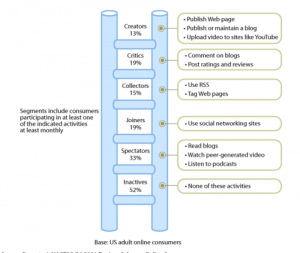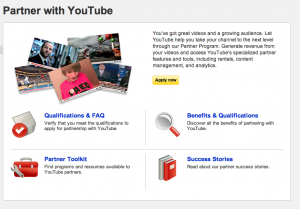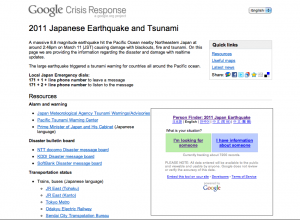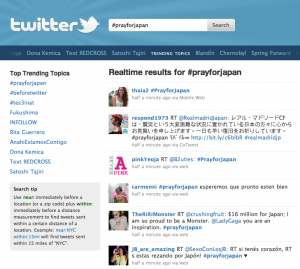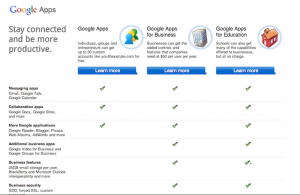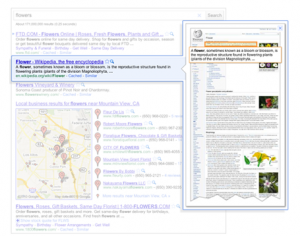YouTube Partner Program
I am not sure how many of you know about this, but many YouTube members are actually getting paid by posting videos. YouTube launched the Partner Program in 2007 and the program was intended to reward those members who have lots of video views. YouTube partners earn money by allowing relevant advertisements to be displayed along with their videos. A famous YouTube partner is Michelle Phan, the most famous YouTube makeup guru with over one million subscribers. The YouTube Partner Program helped her launch her own skin care line and expand her career. According to the YouTube Spokesperson, some partners are earning six figures a year just by creating videos. Currently, there are around 15,000 YouTube Partners worldwide.
Technographics
These YouTube Partners proved that being a creator in the technographics ladder can be beneficial. Technographics is a term coined by Forrester to describe the different types of social technology users. Creators are at the top of the ladder but only account for 13% of all users. Creators contribute the most in the technographics ladder and they get satisfaction from receiving a lot of feedback. With YouTube’s program, creators are able to gain monetary value for what they create.
Win-Win
YouTube’s Partner program is a win-win strategy for YouTube, members and advertisers. YouTube can gain revenue from advertisements. YouTube Partners can receive commission and are encouraged to include more advertisements with their videos. As for Advertisers, they have a better channel to reach their target audience. With such an innovative strategy, it’s no wonder YouTube is so successful.

